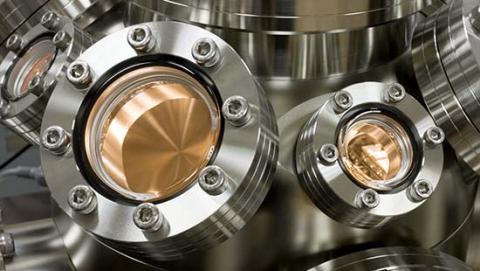
AAP 2021 Doctorants
1- LoVaMOR : Low Valent Metals : Organometallic Reactivity
Stéphanie Halbert, LCT (porteur : Fabrice Chemla, IPCM)
Design of new, efficient and fast synthetic accesses to 1,2-bimetallic compounds or -hydroxy anion equivalents through the reaction of low valent bimetallic species such as L–Mg–Mg–L et L–Zn–Zn–L towards alkynes, alkenes and carbonyl-type compounds.
Experimental skills in organic and/or organometallic chemistry are required, as well as a consistent curiosity in theoretical chemistry and its tools.

2- THEORETICAL : The Use of Organometallic CHEmistry for the Synthesis of chiRAL Nanocatalysts
Caroline Salzemann MONARIS (porteur :Marc Petit , IPCM)
The aim of THEORETICAL project is to elaborate new chiral nanocatalysts for asymmetric catalysis, based on a mild and tunable NP-synthesis on 3d metals (Ni, Co, and Co-Ni). To reach that goal we will study two approaches: the first one deals with the anchoring of several families of chiral ligand on the surface of the NPs. The second approach is based on the elaboration of new intrinsically chiral NPs (Ni, Co, and Co-Ni) through breaking symmetry.
3- SwitchGel : Molecular tweezers for multifunctional switchable organogels
Clément Guibert, LRS (porteur : Guillaume Vives, IPCM)
This project proposes to develop multifunctional stimuli-responsive organogels by exploiting the mechanical motion of molecular tweezers. The tweezers will be composed of luminescent M salen complexes bearing gelling groups connected to a terpyridine unit switchable by coordination. The drastic geometric change between the open and closed conformations should trigger a transition from solution to gel associated with modified optical and recognitions properties.

Liste complémentaire
1- MIPTRAP : Magnetic : Molecularly Imprinted Polymers in Organic Synthesis: From Standard to Dynamic Kinetic Resolution
Nébéwia Griffete, PHENIX (porteur : Cyril Ollivier, IPCM)
These last few years have witnessed great improvements in the field of Molecularly Imprinted Polymers (MIPs) for selective recognition of a target molecule. Their combination with magnetic nanoparticles (-Fe2O3) has conferred them interesting new properties. Hence, we propose here to take advantage of the magnetic properties of iron oxide nanoparticles and the adsorption capacity of MIP to design a nanomaterial for dynamic kinetic resolution (DKR). The magnetic MIPs will trap selectively one enantiomer from a racemic mixture while the other enantiomer is racemized. As the material is magnetic, after its magnetic separation with the trapped enantiomer, the material is RECYCLED and REUSED for another adsorption cycle.
